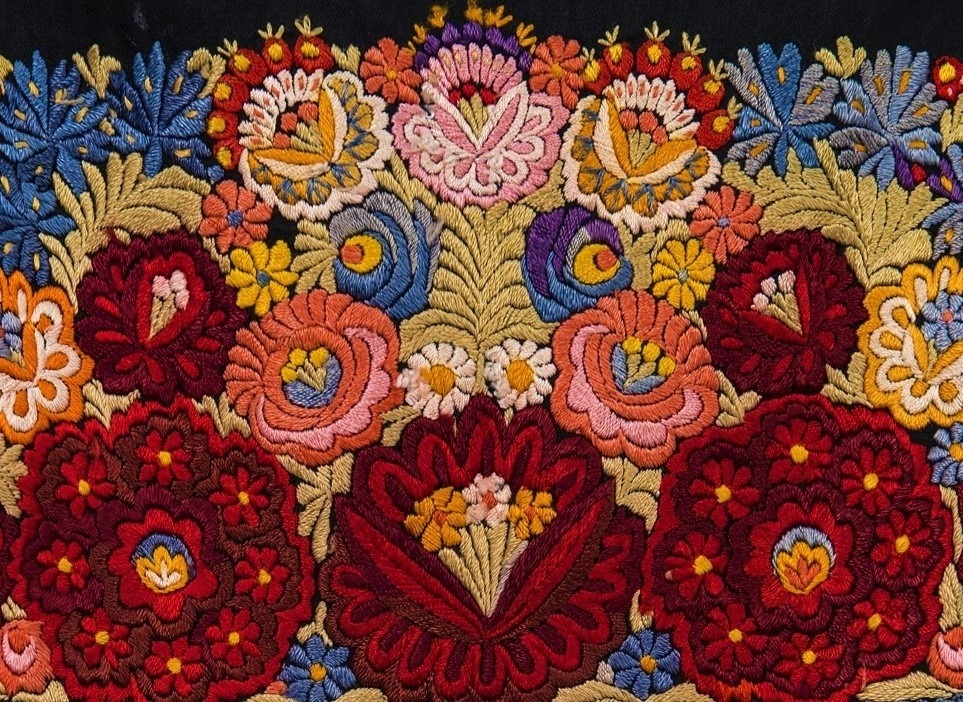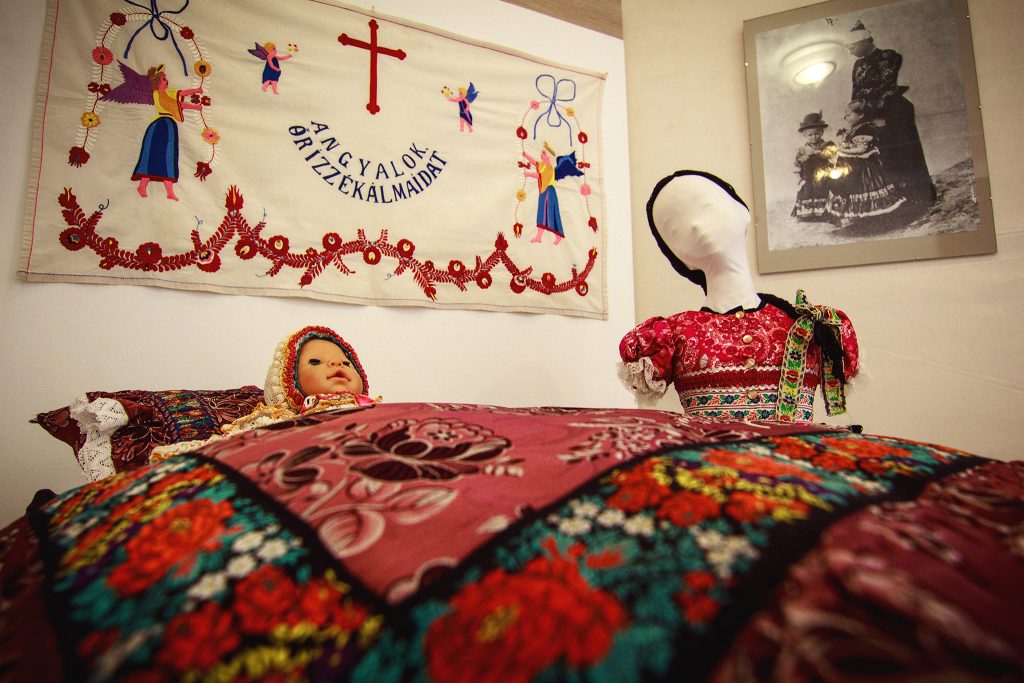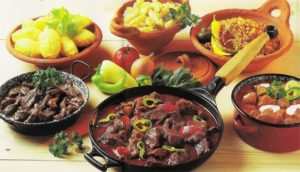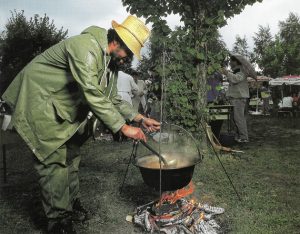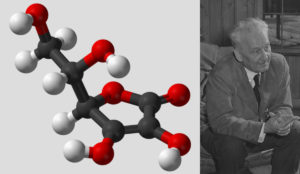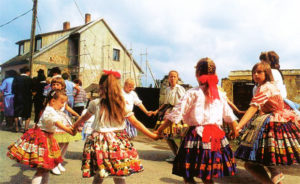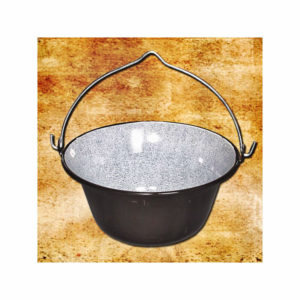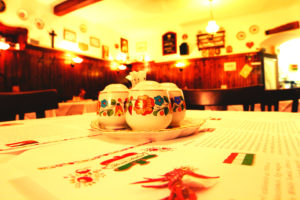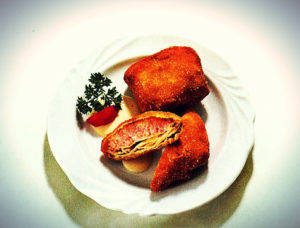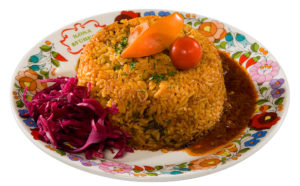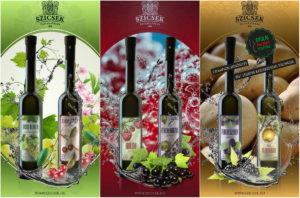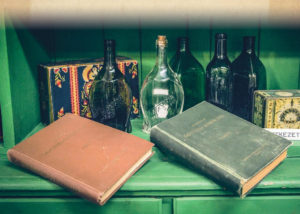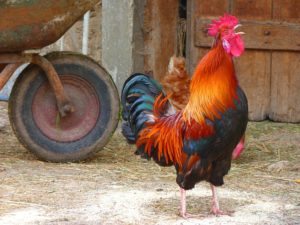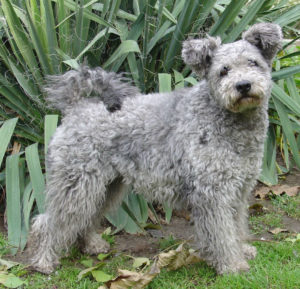MATYÓ FOLK ART – THE EMBROIDERY CULTURE OF A TRADITIONAL COMMUNITY
This special embroidery culture has spread in the “Matyóföld” region of Hungary, in the northern part of the Great Plain.
The development of matyó folk art
In the 19th century, this free-drawing, space-filling decoration typically appeared on home textiles and on linen and leather.
This embroidery culture has a history of almost 200 years, and the most characteristic motifs are the “matyórózsa”, a special type of rose, heart rose, shoe, bird, flower buds, circles and spiral shapes. Black cloth and white linen, wool and pearl yarn are used for these masterpieces.
The most beautiful pieces were made in the early decades of the 1800s. Among the professional embroiderers, i.e. the matyó “writing women”, Bori Kis Jankó won the Prize of Master of Hungarian Folk Art.
What is a matyó rose?
By decision of 31 January 2013, one of the most important symbol of matyó folk art, the so-called “matyó rose” was added to the Collection of Hungarikums, This symbol appeared in the furniture painting too.
The original pattern of the Mezőkövesd symbol was the peony, hence red dominates the color scheme of embroidery culture, but the shades of green, blue, yellow, purple and pink are appearing too.
The tradition still exists at Mezőkövesd, but with new styles, based on the traditional fur-embroidery. Since the 1800s, different variants of roses, tulips and flower buds appeared, and the collection is still growing nowadays.
Matyó embroidery is not only known in Hungary: it has already made its debut in Malaysia and America, among others, and appeared on the Egg of the Country , made by the folk craftsman Kati Zsigóné, who was selected as one of the top 5 egg decorators in Dubai.
Images:



